- News
- Reviews
- Bikes
- Components
- Bar tape & grips
- Bottom brackets
- Brake & gear cables
- Brake & STI levers
- Brake pads & spares
- Brakes
- Cassettes & freewheels
- Chains
- Chainsets & chainrings
- Derailleurs - front
- Derailleurs - rear
- Forks
- Gear levers & shifters
- Groupsets
- Handlebars & extensions
- Headsets
- Hubs
- Inner tubes
- Pedals
- Quick releases & skewers
- Saddles
- Seatposts
- Stems
- Wheels
- Tyres
- Tubeless valves
- Accessories
- Accessories - misc
- Computer mounts
- Bags
- Bar ends
- Bike bags & cases
- Bottle cages
- Bottles
- Cameras
- Car racks
- Child seats
- Computers
- Glasses
- GPS units
- Helmets
- Lights - front
- Lights - rear
- Lights - sets
- Locks
- Mirrors
- Mudguards
- Racks
- Pumps & CO2 inflators
- Puncture kits
- Reflectives
- Smart watches
- Stands and racks
- Trailers
- Clothing
- Health, fitness and nutrition
- Tools and workshop
- Miscellaneous
- Buyers Guides
- Features
- Forum
- Recommends
- Podcast
E-bike vs road bike shootout on Austria's toughest climb
In the US, I learned, they call it ‘paperboying’. You learn something every day. I’m right on my limit here on the upper slopes of the climb, weaving from one side of the road to the other in an attempt to lessen the gradient. A couple of kilometres ago I stopped and stuck my head into a stream at the side of the road, and had a word with myself. I won’t let the climb beat me.
I never really know whether it’s better or worse to know what’s coming. Today I know. Ahead of me the road stretches away at a constant gradient of about 18% for the next few hundred metres. Beyond that it corners out of view and gets even steeper: a 22% ramp before you leave the trees and hit the alpine meadows with a kilometre to go to the cable car station. And how do I know? Because two days ago I rode this climb for the first time, and I had plenty of energy to take in the sights. Because I was cheating.
Often when you talk about riding an electric bike, you’ll get someone who’ll say: they’re so heavy. Why would you want one? You’d be better off just getting a nice light road bike, you’ll go a lot quicker. So in the interests of pseudo science I thought I’d take it upon myself to do a really hard climb both ways, and see what the difference is.
The climb in question is the Kitzbüheler Horn. It rises from the town of Kitzbühel and ends up at the Alpenhaus cable car station at 1,670m. There’s 900m of vertical climbing to do in the 7km of tarmac, so a quick calculation puts the average gradient at just under 13%. For seven kilometres. Most alpine climbs are about half that. I’ve not done many climbs that average higher. Even the mighty Mont Ventoux only manages 9%, the fearsome Mortirolo 11%. It’s a test alright.
A tale of two bikes
So here are the contenders. In the blue corner we have the Giant Road E+ 1. Drop bar electric road bikes aren’t very common but the Giant is a fully fledged racer with the addition of a 250W Yamaha SyncDrive motor and a 500Wh battery pack. You get hydraulic discs and Shimano Ultegra gears. The penalty for the drive system is weight: this Giant weighs in at about 18kg. We’ll be posting a full first ride review of the bike on our sister site, ebiketips, soon.
In the green corner sits the brand new BMC Roadmachine. The Roadmachine is BMC’s new all-things-to-all-men fast bike that combines the stiffness and light weight of their race platform with a bit of aero tweaking and some comfort concessions to make it fast, light and comfy. I had a top-of-the-range Dura Ace Di2 bike with hydraulic discs. We’ll be doing a first ride piece on the BMC separately but it’s a serious piece of kit, no doubt about that. Weight is not much over 7kg, so the BMC has an 11kg advantage over its motorised rival.
Climb 1: Giant Road E+ 1
Turning off the main road the Rad am Horn ducks under the railway and sneaks through a housing estate before following a stream up to the point where it kicks left and the real climb begins. Often when you approach a climb on a road ride the talking stops as people get focused for what’s coming, and funnily enough it’s the same this time, but more because none of us really know what to expect. How hard will this be?
I start the climb in Eco, but soon I’m in the middle assistance mode, Normal, which seems like about the right balance of doing some work yourself whilst the motor takes some of the strain. We pass the 7km to go sign and the road climbs a series of switchbacks on a steep meadow that offers a magnificent view across the valley. Another sign warns of a 15% section but the climb intensity bar at the bottom of the poster suggests that there’s worse to come higher up. Much worse.
Like on any other climb, the ride splits up. You might expect it to stay together as we’ve all got the same assistance available from the bike but some of us are climbing in full-gas Power mode while others aren’t. Also, there’s a fairly wide range of non-motorised ability within the group. So the fit lads on maximum boost fly off the front and I’m where I’d expect to find myself: somewhere in the middle. I’m not really built for hills. This motor helps, though.
The sun’s shining and the nature of the climb – it basically zig-zags up one steep side of the mountain – means you get glorious views, better the higher you climb above the valley floor on the vertiginous slope. For a while I stick the bike in top assistance mode, Power, and spin up the hairpins while I take in the view. Hitting the steeper section at the top I’m suddenly dumped back into reality with a bump: the bike’s power screen says something about a SyncDrive error and the motor cuts out. The bike stops almost immediately on the 18% gradient and I’m left thinking that the remaining 1,500m suddenly seem like a long, long way. If I’d had a support number to call they’d have told me to turn it off and on again. So that’s what I try, and thank heavens, I’m back under power. I drop the motor down to normal and spin up the hairpins to the ski station. I’m not really out of breath. I wasn’t wearing a heart rate monitor but for most of the climb I was probably at about 140-150bpm, a gentle Zone 3 workout.
Climb 2: BMC Roadmachine
My Roadmachine is fitted with a compact 50/34 chainset and an 11-28 cassette, so pretty good climbing gears really. As the road climbs to what marks the start of the climb proper, I look down to find I have one gear left. Turning the corner I see the road rise aggressively ahead of me and clunk, I’m down to bottom gear. I haven’t even reached the 7km to go sign yet.
The first bit is a crawl, but it’s manageable in a straight line: 12% gradients and loose hairpins the like of which might make up the steeper sections of a normal col. But these are just the hors d’oeuvres here. A brief respite through the toll booth and it’s time for business: long, draggy 15% sections stacked up the meadow, one atop the other. Somewhere here, still with over 5km to go, the paperboying starts. I check the Garmin for distance and each kilometre is taking an extra 50m or so as I weave up the steep bits.
It’s hot, and I’m on my limit. My vision is reduced to the next thing I’m aiming at. That fence post. That hairpin. That writing on the road. Grind, grind, make the catch, find another goal, grind, grind. I stop to dunk myself in a cold mountain stream and that gives me a bit of a boost as the gradient lessens just a notch and the road snakes from the meadows into the forest.
Then it’s time for the brutal 18% stretch stretching off into the distance. I’m barely moving and it’s such, such a long way to the point where the road disappears round the corner and I know that round the corner it’s even worse and I have to stop and have a breather and get some water on board. I’m pretty broken. I’ve been in bottom gear since the very start of the climb. I need at least two more gears. I try to remember what gear I was in aboard the Giant; all I can remember is that it didn’t really seem to matter that much.
Somehow I make it over the 22% ramp before the final switchbacks and at that point I know I’ve made it: the cafe is looming above me and it’s just a case of scrabbling up the remaining four or so hairpins before I can have a nice sit down. I can’t up my pace for the final section though. I don’t have anything left, I’ve been on my limit basically all the way up.
Scores on the doors
The Horn is used on the Tour of Austria most years, and Strava is full of pros posting unachievable-for-mortals times. Top of the pile is Victor de la Parte: his win on stage 6 of the 2015 Tour, posting a time of 27:57 up the climb, gives him the KOM but more importantly handed him the win in the race that year. So how close could I get to that time on an e-bike?
Pretty close.
I posted 28:11. It’s worth noting that, firstly, my bike cut out at one point and that cost me a minute or so. Also, I wasn’t really trying that hard. One of the other journalists on the ride, who I’m giving about 40kg away to, went hard up the climb in full-assist mode and managed it in about 18 minutes. I could probably have done it in something like 22-23 minutes if I’d been giving it the beans. So easily faster than a pro under their own steam.
And what about me under my own steam? Well, it took me a round hour. 1:00:41 to be precise. Could I have done it faster? Maybe a bit, if it was cooler (the second climb was certainly hotter) and I had a bike with a couple more climbing gears for a big lad. And I wasn’t carrying a hydration pack and a big camera. Excuses, excuses. It wouldn’t have made that much difference. At my current level of fitness, even with perfect conditions and equipment, I wouldn’t be much under the hour.
What did we learn?
Well, we learnt that e-bikes are quicker up climbs. Who’d have thunk? But there are people out there who genuinely believe a light road bike will go faster up a climb than a bike with a 250W motor. These people have never tried an e-bike, and doubtless never will. They’re wrong though. SO wrong.
There’s more to it than that though. The Kitzbüheler Horn is an amazing climb. It’s a great road with a sensational view, and you can buy ice creams and fluffy toys at the top. The unrelentingly brutal nature of it means that it’s pretty much out of bounds to anyone that’s not reasonably fit. E-bikes change that: pretty much anyone that can ride a bike would be able to get up it on the Giant. When we did it on leg power alone we were sharing the climb with elderly cyclotouristes who would overtake us, spin up to the next hairpin, take some pics, watch us struggle past, then hop back on and overtake us again. Bastards.
Riding up the Horn unassisted is good for many reasons: the sense of satisfaction, the fact that you’re pitting yourself against a hard climb and the fact that you can measure yourself against the pros. I wouldn’t, ever, describe it as being in any way fun, though. It might be a not-fun part of a fun and satisfying day ride which will be the basis for many that-time-we anecdotes to bore your mates with. The climb though: it’s fun on an e-bike. Call it cheating if you want. But if you’re on your bike to have a good time and see stuff, you’ll have more fun and see much more stuff with a bike like the Giant, on a climb like this.
Of course, a bike ride isn’t just a climb. And it’s worth noting that on the flatter sections of our loop (I did basically the same ride on both bikes) the idiosyncrasies of EU electric bike law come into play. E-bikes are limited in Europe to 25km/h (15.5mph), and when you’re buzzing along on the flat that’s not a difficult speed to achieve, even on an 18kg bike. So you spend the majority of a ride not getting any assistance at all. An example: the climb to the top of the Horn took my battery stocks down to just over half. But riding back in a group on reasonably flat terrain only knocked about another two or three percent off the charge, in 15km of riding. Cruising at 28km/h you’re not getting any help.
You adjust your style of riding too. Normally if you’re in a group riding on the road and there’s a slight rise you’ll raise your effort to keep the speed up. If there’s a short, sharp ascent then you’ll get up out of the saddle and power over it. Neither of those approaches make sense on the Giant. It’s heavy enough that the extra power you need up that slight rise becomes a big push, and getting up and stamping on the pedals isn’t something that the bike responds well to: it feels cumbersome and a touch unstable when you try and kick off a sprint. So instead the approach you take is to let the speed drop to a point where the motor kicks in and surf the extra assistance at about the motor cut-off limit.
Other countries have different maximum speeds. In most of the US and Canada it’s 20mph (32km/h) and that would be a much more sensible maximum assist level for a bike like the Giant. Sadly, it’s not one that’s available to us in the UK. As it is, the Giant feels a bit of a halfway house: it’s great up the hills but somewhat compromised on the flat. The rolling bits were quicker, and more enjoyable, on the BMC without being obviously harder work.
My lasting impressions of the Giant Road E+ 1 and the BMC Roadmachine are both favourable, and you’ll be able to read them soon on here and on ebiketips. Would I swap the one for the other? I don’t think so, but I’d love to have both: I can see that having the Giant in the shed would be great for the times when you’re time pressed or just tired, and want to spin your legs without making too much of an effort. Or you could use it as a leveller if you’re not as fit as the people you ride with. It’s just N+1, after all. Or in this case, maybe N+1e.
Dave is a founding father of road.cc, having previously worked on Cycling Plus and What Mountain Bike magazines back in the day. He also writes about e-bikes for our sister publication ebiketips. He's won three mountain bike bog snorkelling World Championships, and races at the back of the third cats.
Latest Comments
- Secret_squirrel 5 hours 29 min ago
Um...no. Spitting is grim and there is never any excuse.
- Another_MAMIL 8 hours 25 min ago
Q36.5 Gregarius Essential Bib Knickers fit the bill: 3/4 length bib tights for warm weather.
- Rendel Harris 8 hours 35 min ago
Jolly good. Only it hasn't been and it is still a public bridleway. Feel free to look it up.
- jaymack 9 hours 26 min ago
"...it feels more like a £100+ jersey". It's almost as if cycling apparel is over priced.
- mike the bike 10 hours 38 min ago
I've had a few Lezyne bits and bobs over the years and while it's true I've never bothered to return anything under warranty, I've had a couple of...
- mark1a 9 hours 41 min ago
There's a transition period. For the benefit in kind (BIK) tax to the employee, it will be treated as a goods vehicle as it is now (rather than a...
- hawkinspeter 10 hours 49 min ago
Parents say East Bristol Liveable Neighbourhood makes roads '100 times safer' for children:...
- mdavidford 10 hours 55 min ago
Isn't basically all carbon recycled? From stars?
- velodinho 12 hours 11 min ago
As witnessed at so many infrastructure improvement projects similar to this one, all those who object should ignore the consultation and pray at...
- Nagai74 13 hours 59 min ago
It's a DLO to those in the trade.

































































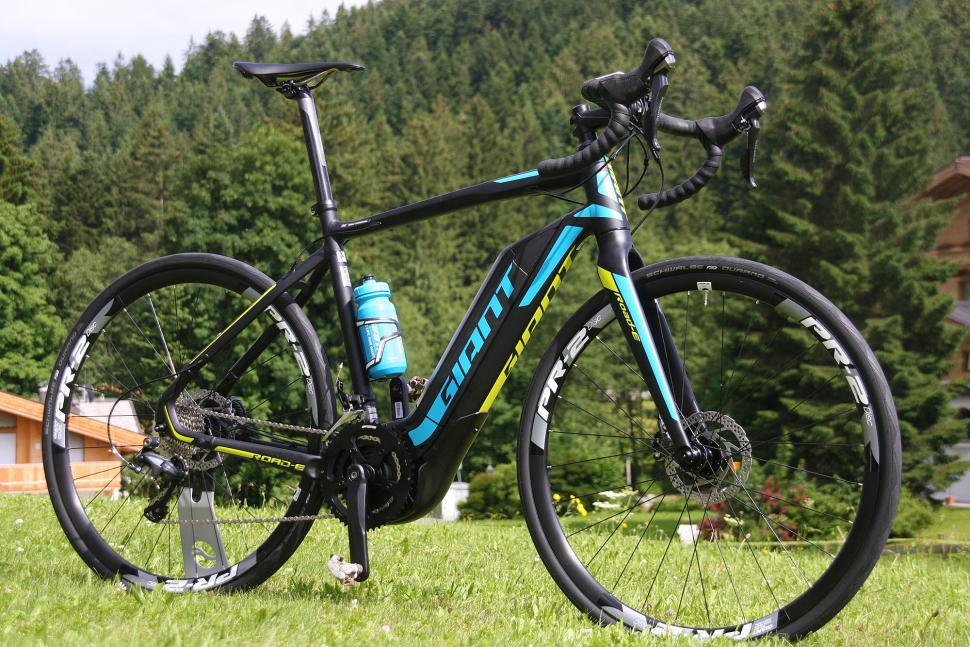
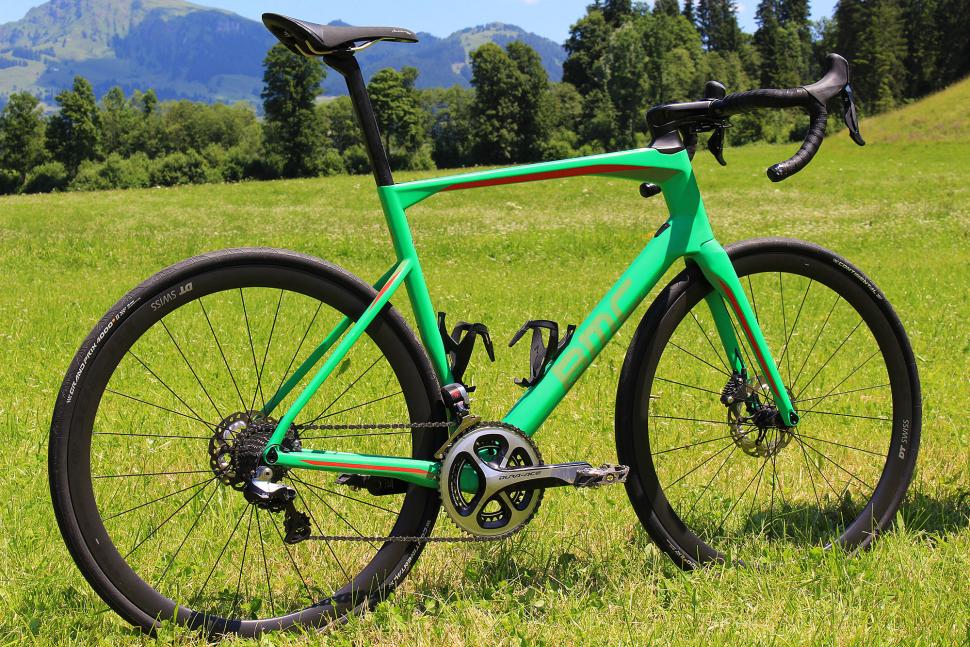
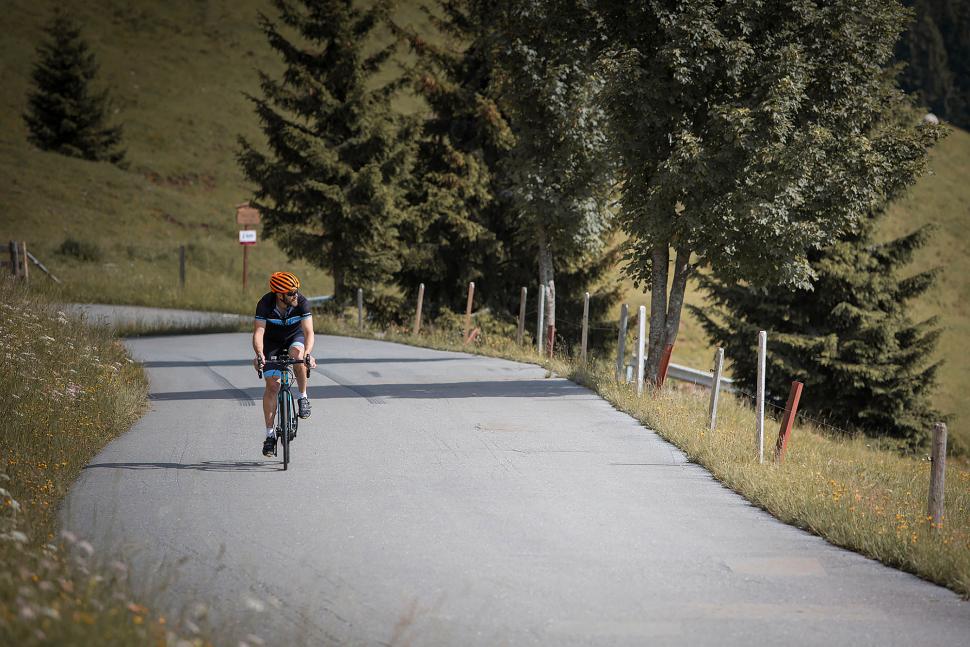
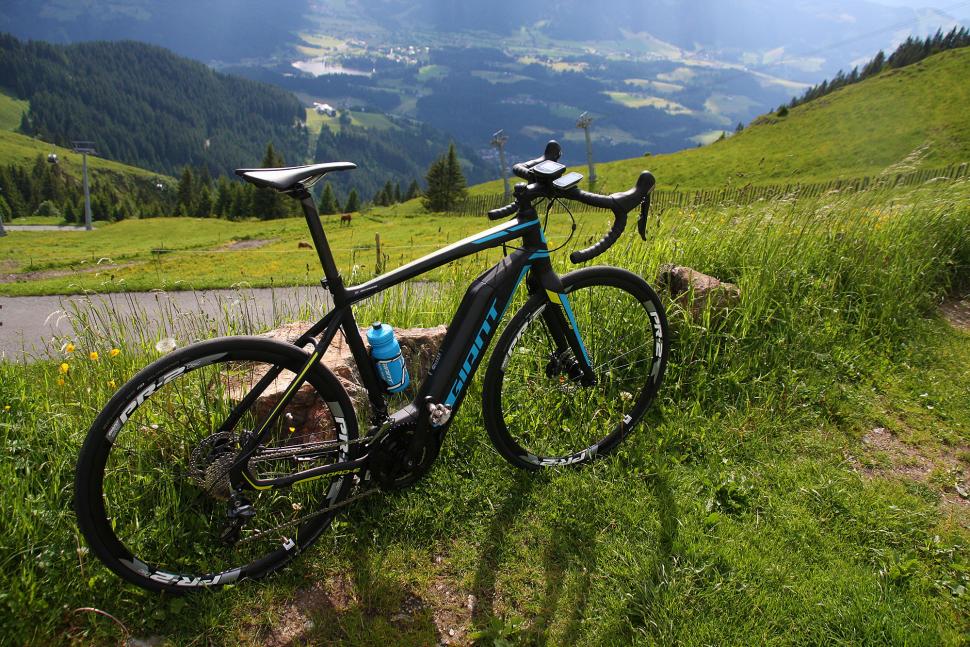
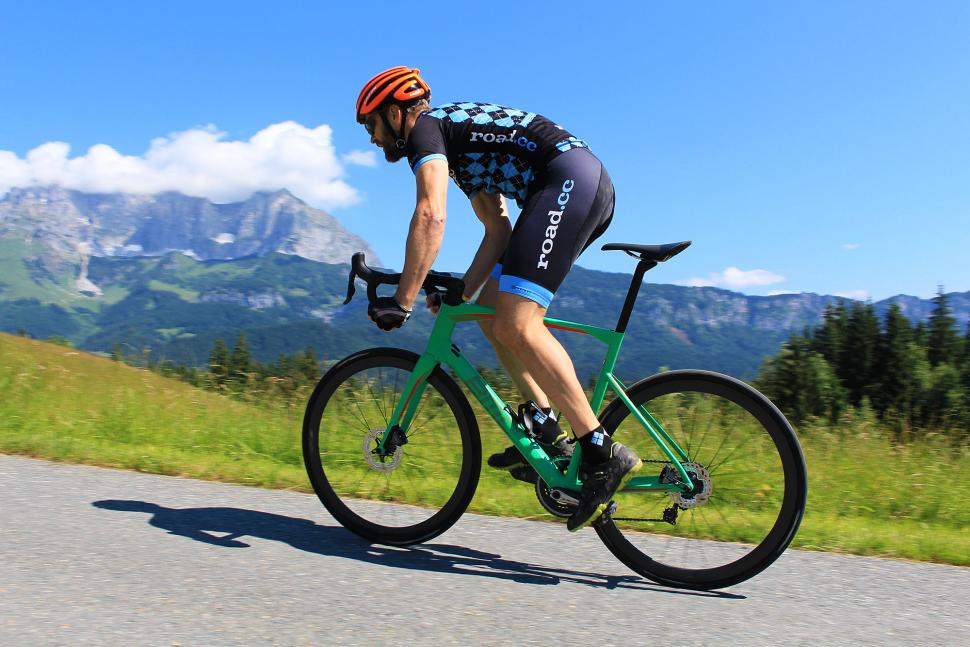
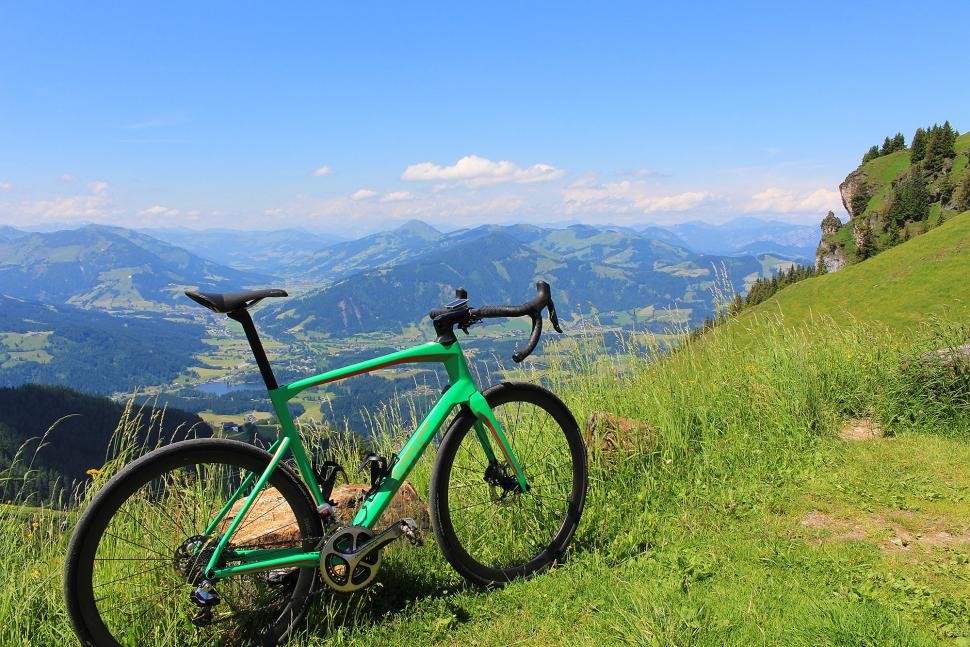
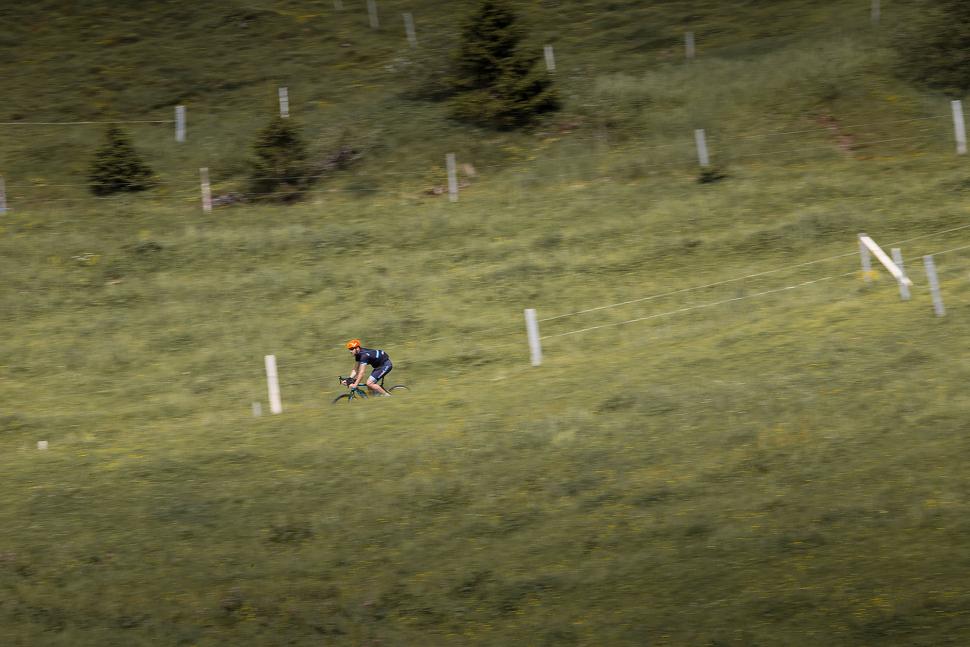

Add new comment
43 comments
My mum - 75 - loves hers for daily shopping, and it allows her to keep up with her (other) son and grandsons when cycle touring....
how long to recharge the battery from a dynamo hub?
ebikes are everywhere in Singapore, not fancy Giant's, but cheap chinese imports. An elderly uncle and his lady friend whizzed (whined) past me this morning on one, I was doing 35kph at the time.
But how fast could you get up on a motorbike?
he did! 28:11 on a motorised bike, aka a motorbike
Sigh... OK, here we go. It's not a motorbike. A motorbike has an engine controlled by a throttle and all it requires is more or less throttle input to increase or decrease the fuel to it and control the speed.
These do not have a throttle, they have a motor connected to the pedals that requires pedalling input to actually work and then boosts that input. Since it needs mechanical hunman power (ie turning your legs) to get anywhere, it's an electrically assisted bike or pedalec.
Seems pedantic but it's actually quite important when you come to defining these things in a legal reference (ie whether you need a licence/insurance to use one, what protective gear you need to wear and so on).
Electric bikes are ace. I've never ridden a true road bike but used plenty of hybrids and MTBs. The electric MTBs are a right hoot to ride, brilliant fun.
My missus has an e-bike that you don't need to pedal. You can if you want, or you can just twist the grip. I'm led to believe it's UK-legal
It is UK legal, if it has a registration and she has a licence and insurance, or if it's only used on private land. Otherwise, not so much.
Wrong.
There's both a power and speed limit which, if not exceeded in design, mean registration/licence/insurance aren't required: 250W and 15.5 mph. There's some additional legislation in the pipeline re twist and gos requiring them to have type approval, but similarly no licence/insurance etc if similar specs aren't exceeded (tho' there appears to be mention of 1000W).
http://www.pedelecs.co.uk/electric-bike-guides/uk-electric-bike-law/
http://www.pedelecs.co.uk/news/twist-gos-require-type-approval-helmets-i...
it was when she bought it. the rules have changed now, bikes must be pedal assist only. that law isn't retrospectively applied, so that bike is still legal
You've contradicted yourself there - in fact, the pedelec is more of a motorbike, as it is powered (at least in part) by a(n electric) motor.
Its petrol-powered equivalent should really be called an engine bike.
A few less sarcastic sighs would be nice as the nomenclature is not clear cut.
These things need to be blatant looking or many a young dandy will probably blow a gasket trying to keep with a secretly battery assisted grandad or fat man.
I also misread the title and expected Durianrider and his Uncle Chester nonsense up the corkscrew.
Brilliant things for tours. Looking forward to renting these when the missus and I are much older. Hoping they'll be everywhere by then and cheap to rent.
Pages